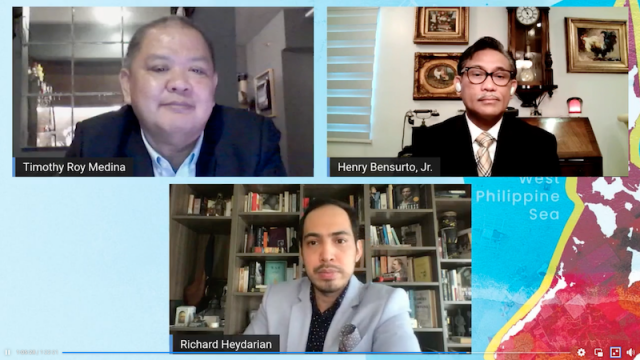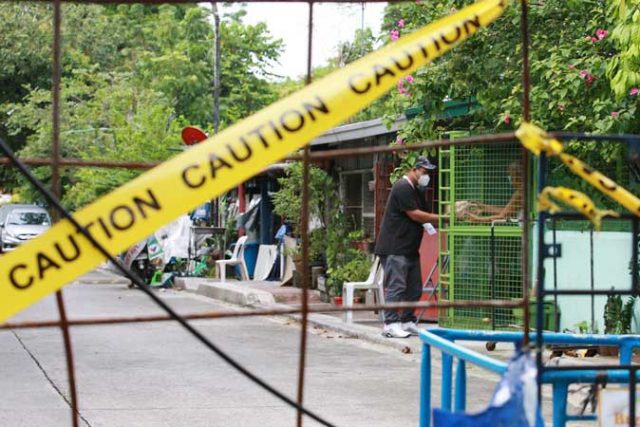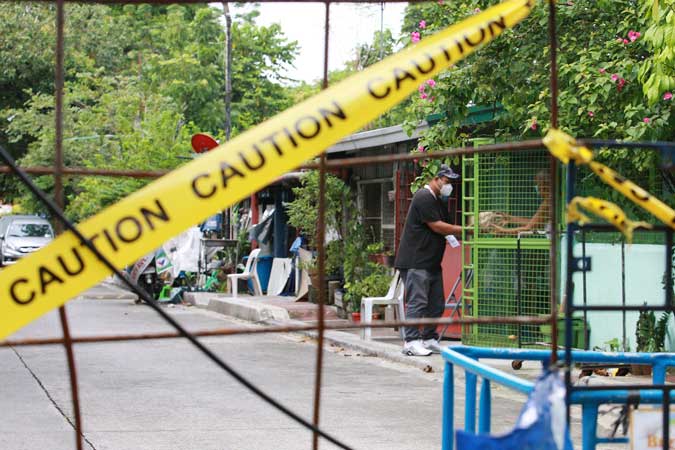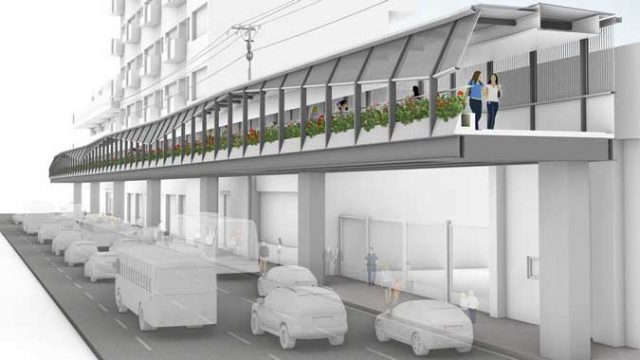[B-SIDE Podcast] Personal finance 101: Where to put your money during the pandemic
Follow us on Spotify BusinessWorld B-Side
REITs (real estate investment trusts), thematic mutual funds (those focused on technology and essential retail), and regional funds are the pandemic picks of Rex Ma. A. Mendoza, president and chief executive officer of Rampver Financials, a distributor of investment funds in the Philippines.
In this B-Side episode, Mr. Mendoza shares financial advice with BusinessWorld reporter Patricia B. Mirasol, along with his thoughts on alternative asset classes such as NFTs (non-fungible tokens) and cryptocurrency.
“A lot of people think that getting into millionaire status means needing to earn more and save more. No. The real issue here is consistency,” he said. “It’s always a balancing act … That’s why we recommend a robust portfolio that is diversified so that, through hell or high water, a part will do well, and the other part will recover when the time comes.”
A note on the other hats that Mr. Mendoza wears: he is lead independent director of Globe Telecom and Ayala Land Logistics Holdings Corporation, director of Seedbox Technologies, and the chairman of Singapore Life Philippines and The Soldivo Funds. He has been working in the financial services industry for 38 years.
TAKEAWAYS
Interest in health insurance will remain post-pandemic…
Filipinos are more interested in health and life insurance products versus investment-linked offerings amid the coronavirus disease 2019 (COVID-19) pandemic, said officials from The Philippine American Life and General Insurance Co.
This interest in insurance for health will be here to stay, Mr. Mendoza said. “There is a realization that this is not going to be the end of it. There’s always going to be a new variant or virus,” he said. “In the future, we have to be ready for anything… getting covered for medical insurance will always be relevant.”
… as will interest in retail investing.
According to the Department of Finance, retail investors accounted for 43.3% of the volume traded by local investors in the January to March period — significantly higher than the 26.9% in 2020 and 18.2% in 2019.
This interest will have grown even if the pandemic didn’t happen, Mr. Mendoza added, as financial literacy gains traction: “A lot of people are now talking about the topic, even on TV and radio shows.”
Investing is also more accessible. “When I was a lot younger, you will never see a [local] company to be the number one brokerage,” Mr. Mendoza said. “Number one would always be a multinational player with foreign funds to boot. Now it’s COL Financial.”
Other platforms such as YouTrade and MyTrade are also growing leaps and bounds, he said. “Retail investing is going to be the way to go.”
Individuals need to know which investment vehicles suit their needs.
VULs, Mr. Mendoza said, have become popular because Filipinos like combos — with VULs bundling life coverage with an investment component. The other reason, he said, is the number of financial advisors selling it to people.
“Many financial advisors are equipped and capable, but some give advice connected to their pocket,” Mr. Mendoza said. “We need to be sure it is our best interest that is on the table.”
Individuals need to analyze their life goals, and allocate assets based on those. Mr. Mendoza suggested an emergency fund that’s at least 10% of one’s income, with the rest of the pie spread across managed funds like bonds (20–25%), real estate (25–30%), business or mutual funds (25–30%), security like insurance (10%), and risky instruments like cryptocurrencies (5%).
“I’d love to see the day Filipinos become natural entrepreneurs,” he added.
Greed will be your downfall.
Filipinos are savvy about Ponzi-like schemes, said Mr. Mendoza, but they still fall prey to greed, which is why these schemes still succeed.
“It’s sad. It’s like a trip to the cliff, with the intent to stop right before going off the edge,” Mr. Mendoza said of their intention to bail after earning money from the scam. “But who knows when the music will end?”
Diversification is key.
A robust portfolio is the way to go if you find yourself with a cash windfall — as in the case of Olympic medalists.
When asked by BusinessWorld what he would do with his cash prizes if he were one of the victorious Tokyo Olympics athletes, Mr. Mendoza said he would first set aside an amount for his income needs, and place the rest in growth positions.
“As an athlete, you know your career is short-lived. I would compute backwards to assume the income I need,” he said. “If you need a million a year for your upkeep, and you set aside P20 million in a portfolio that earns at 5%, then your P1 million will be assured annually from today ’til the day you die.”
What’s key, he said, is setting aside what you need for your income so if you continue working, that’s because you choose to work, and not because you have to.
Recorded remotely on Aug. 5. Produced by Paolo L. Lopez and Sam L. Marcelo.
Follow us on Spotify BusinessWorld B-Side





 CONRADO S.DARSANTOS
CONRADO S.DARSANTOS














